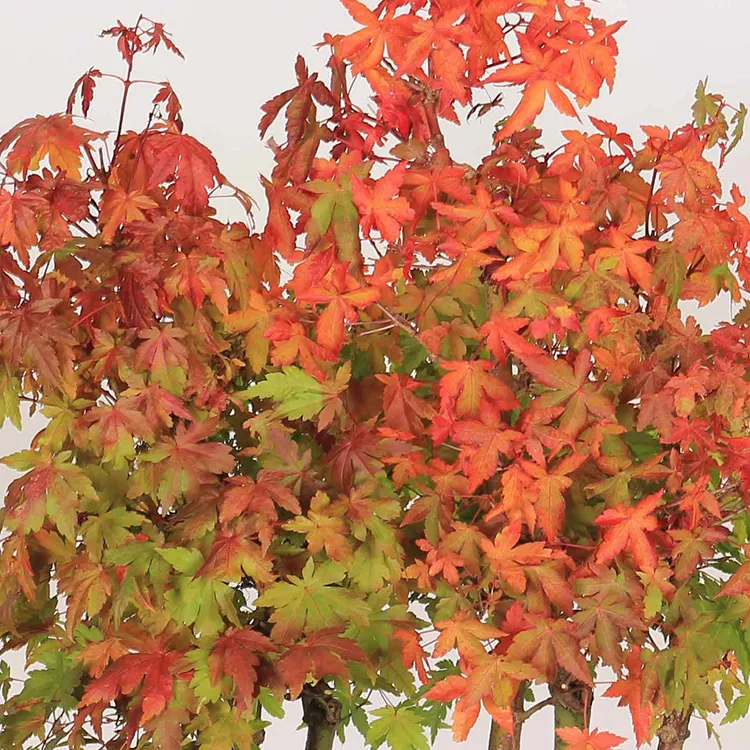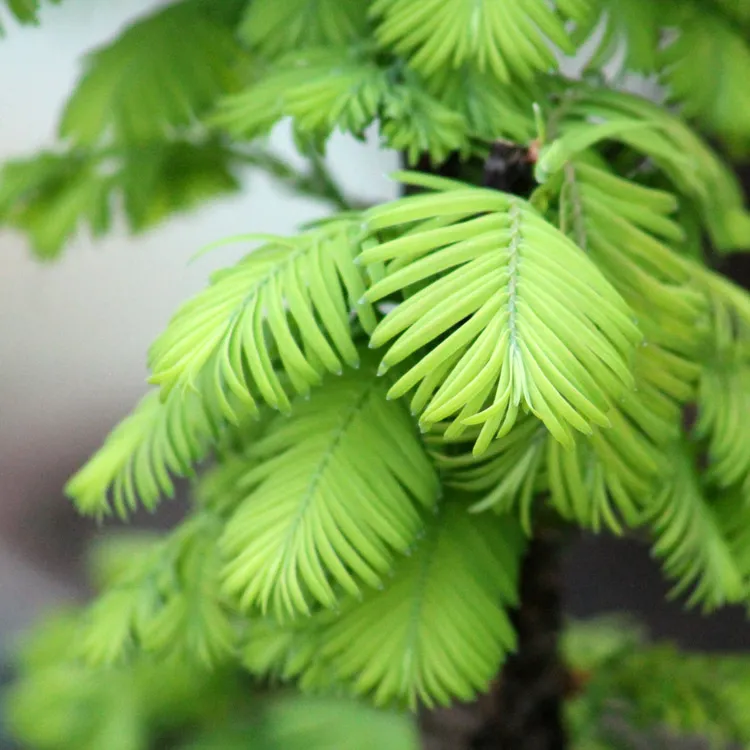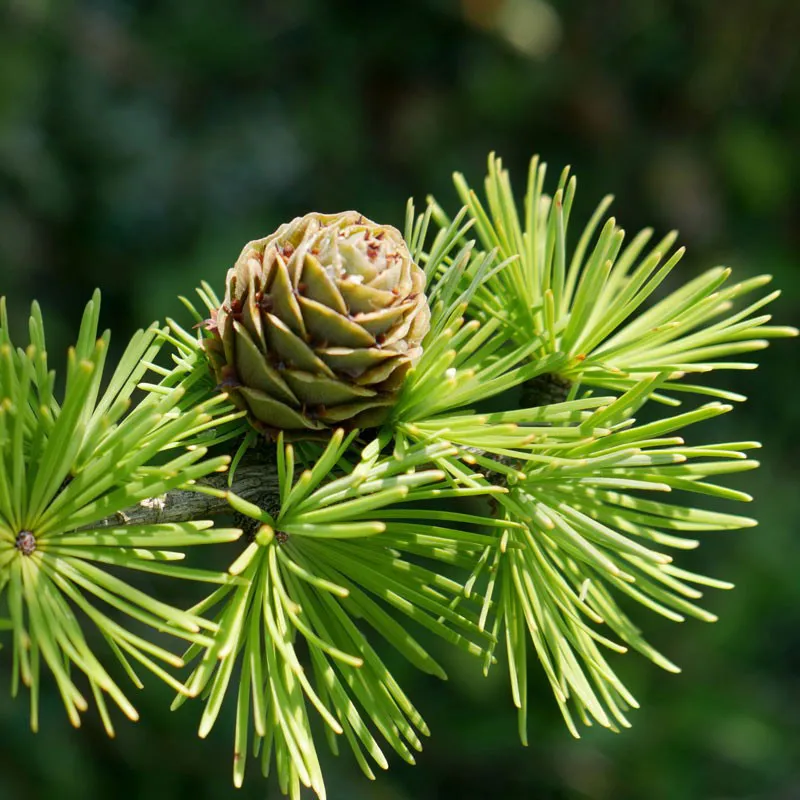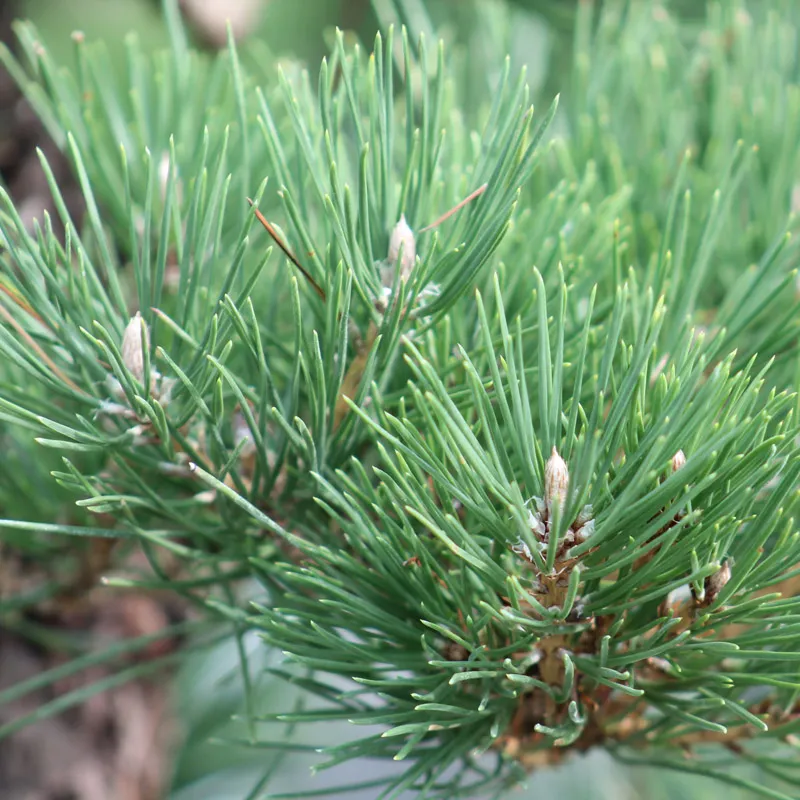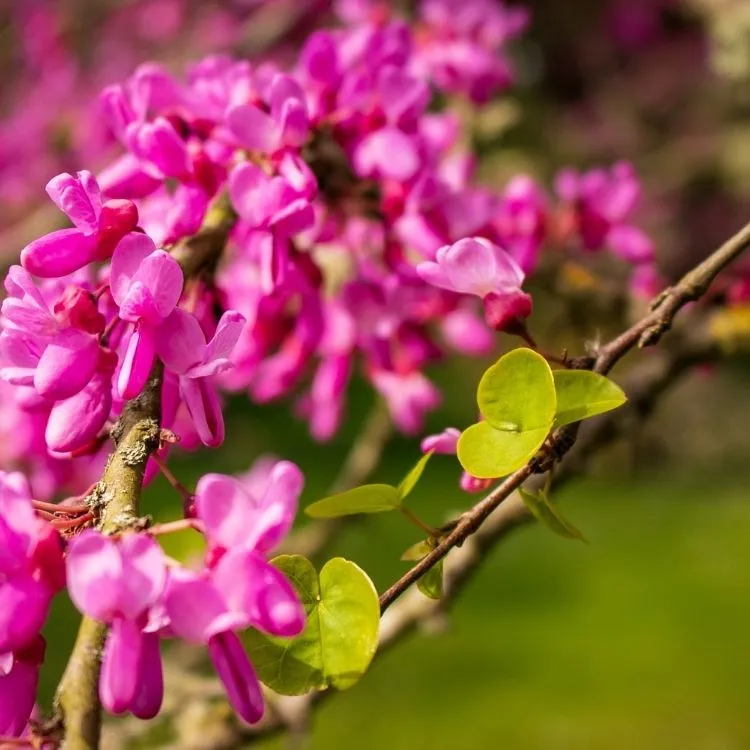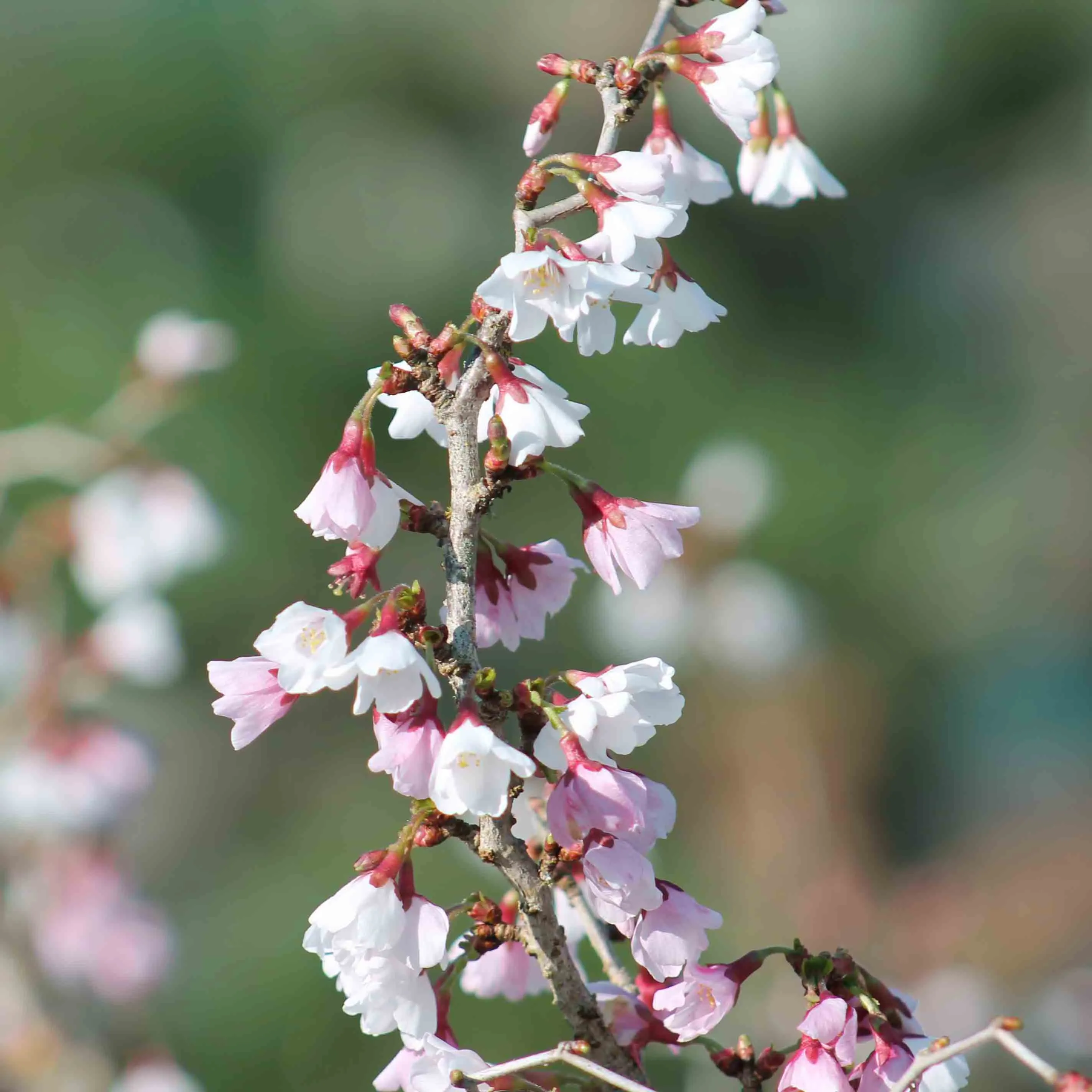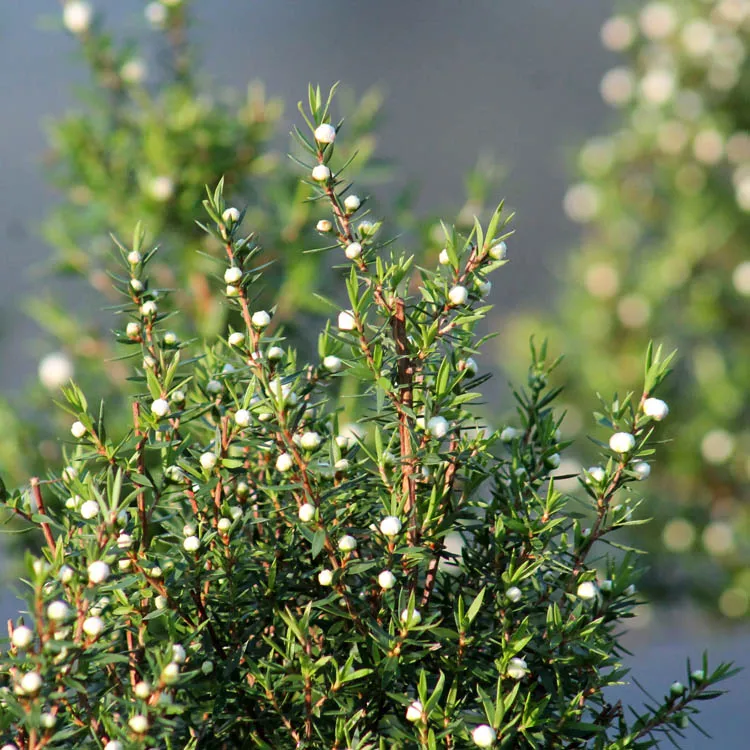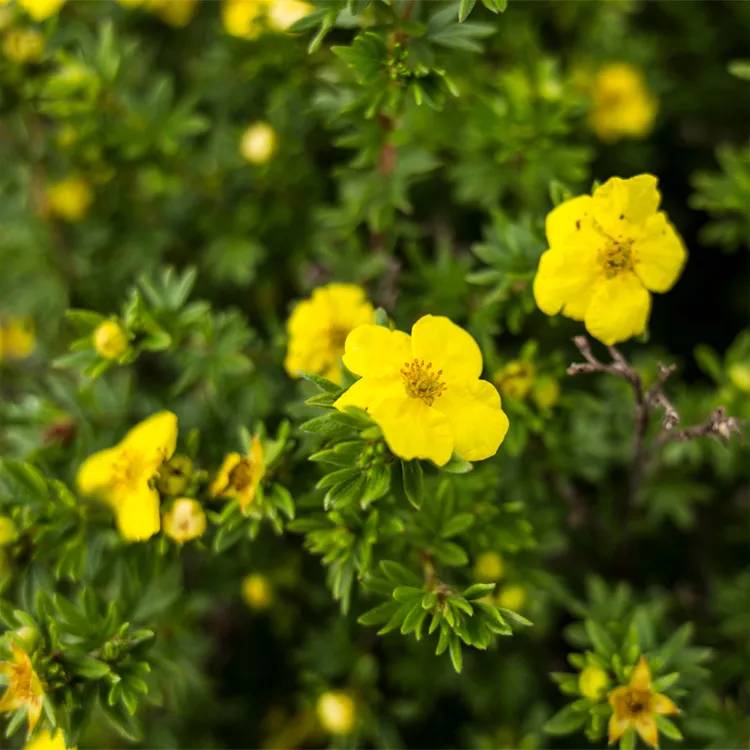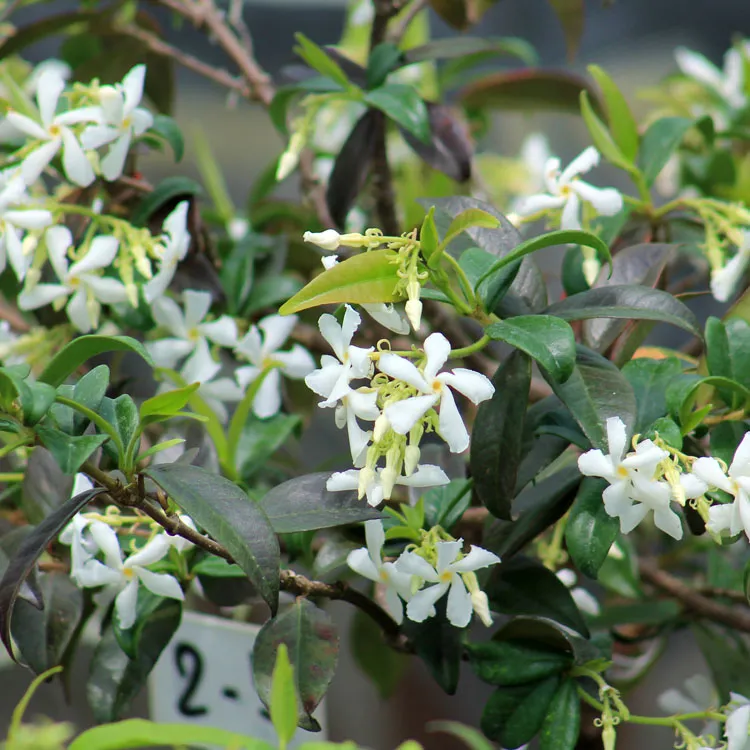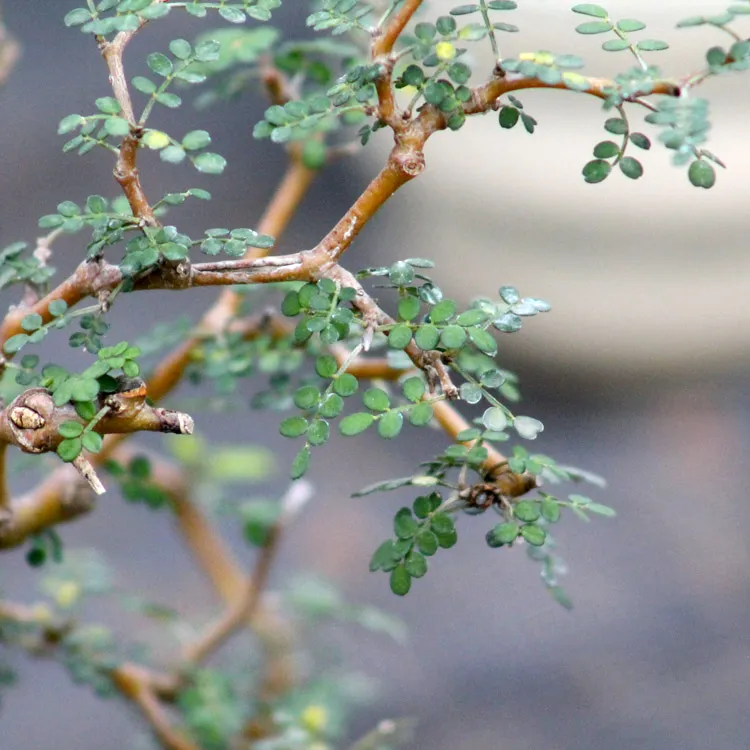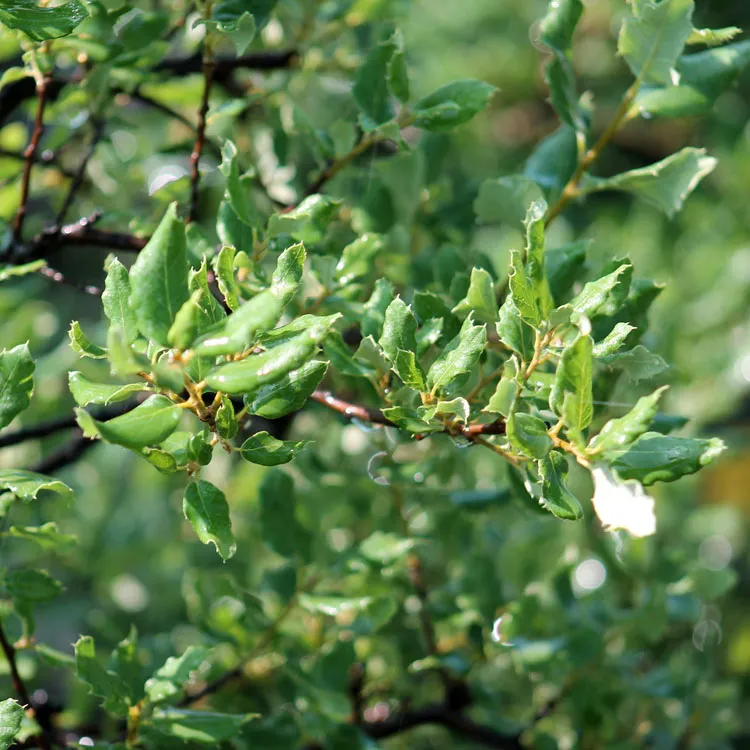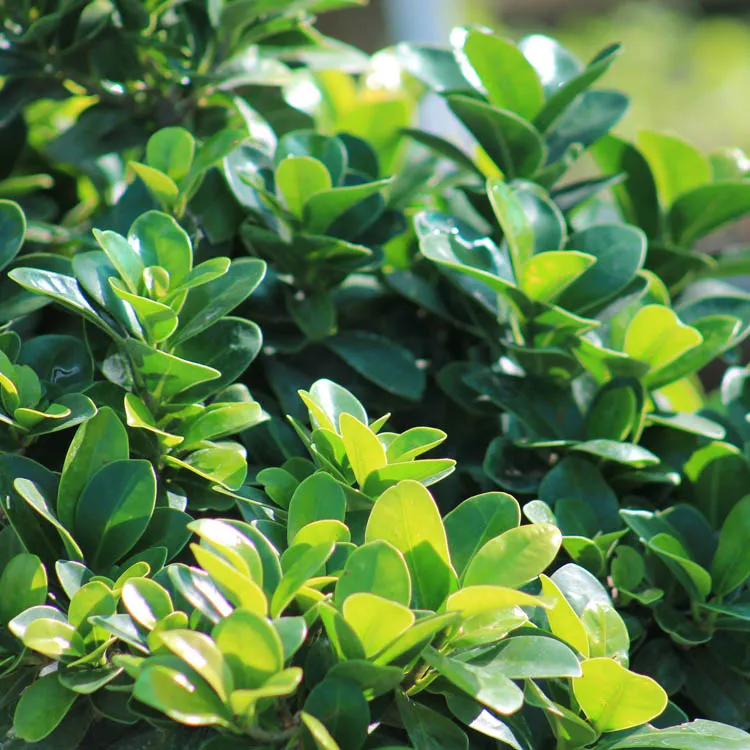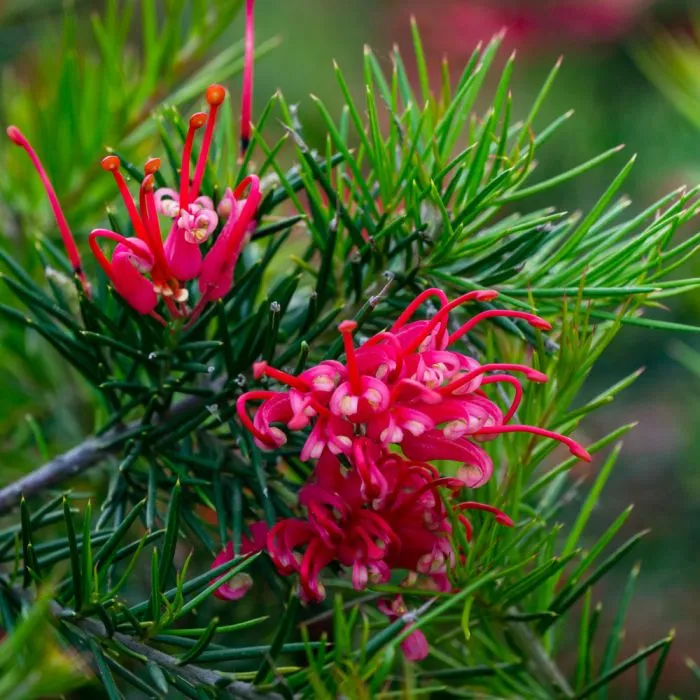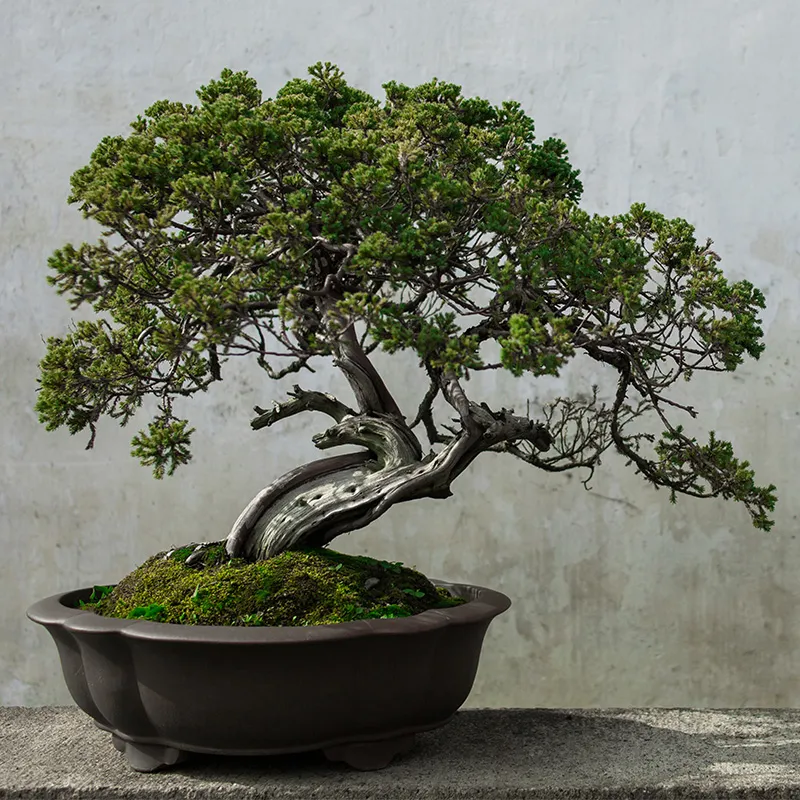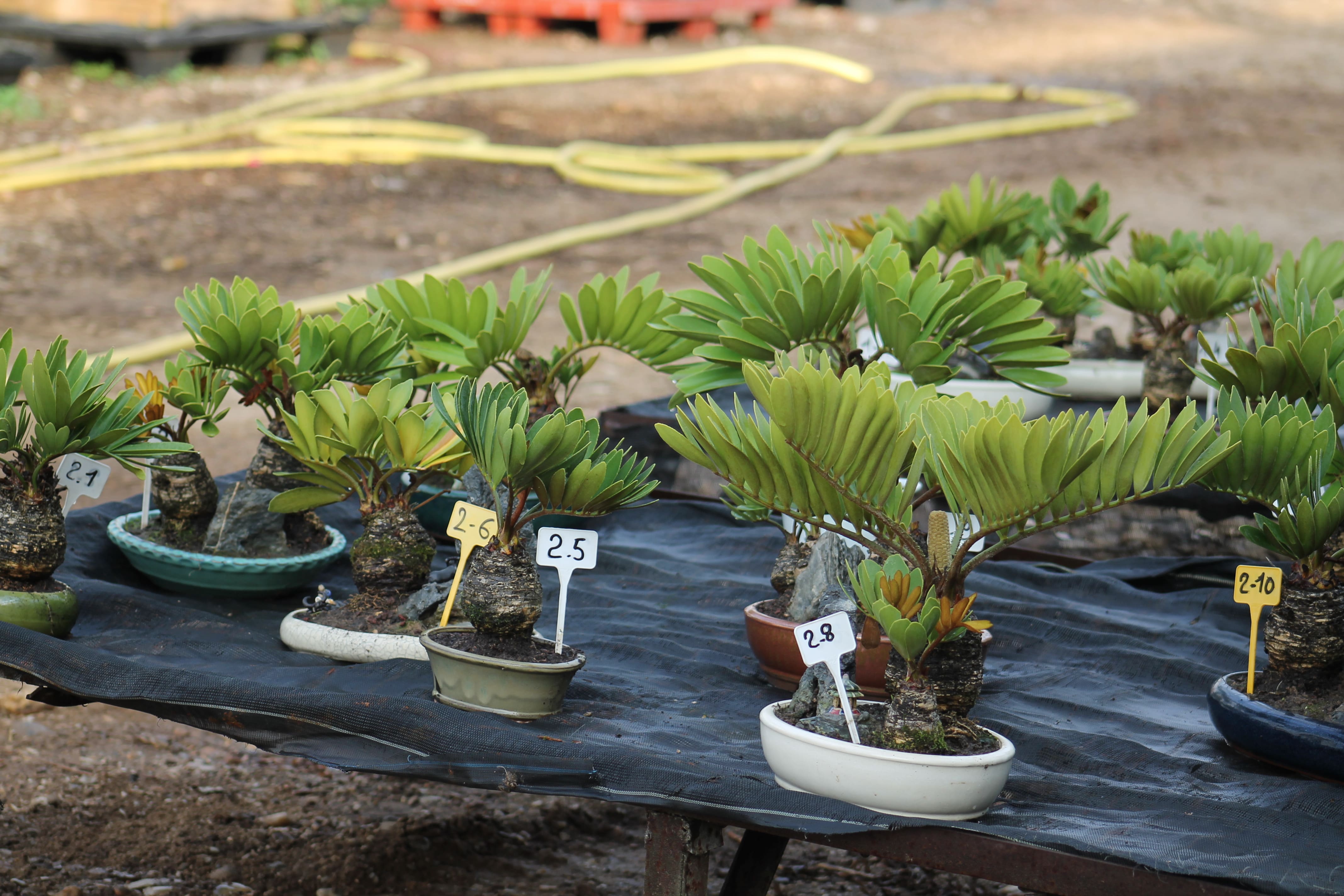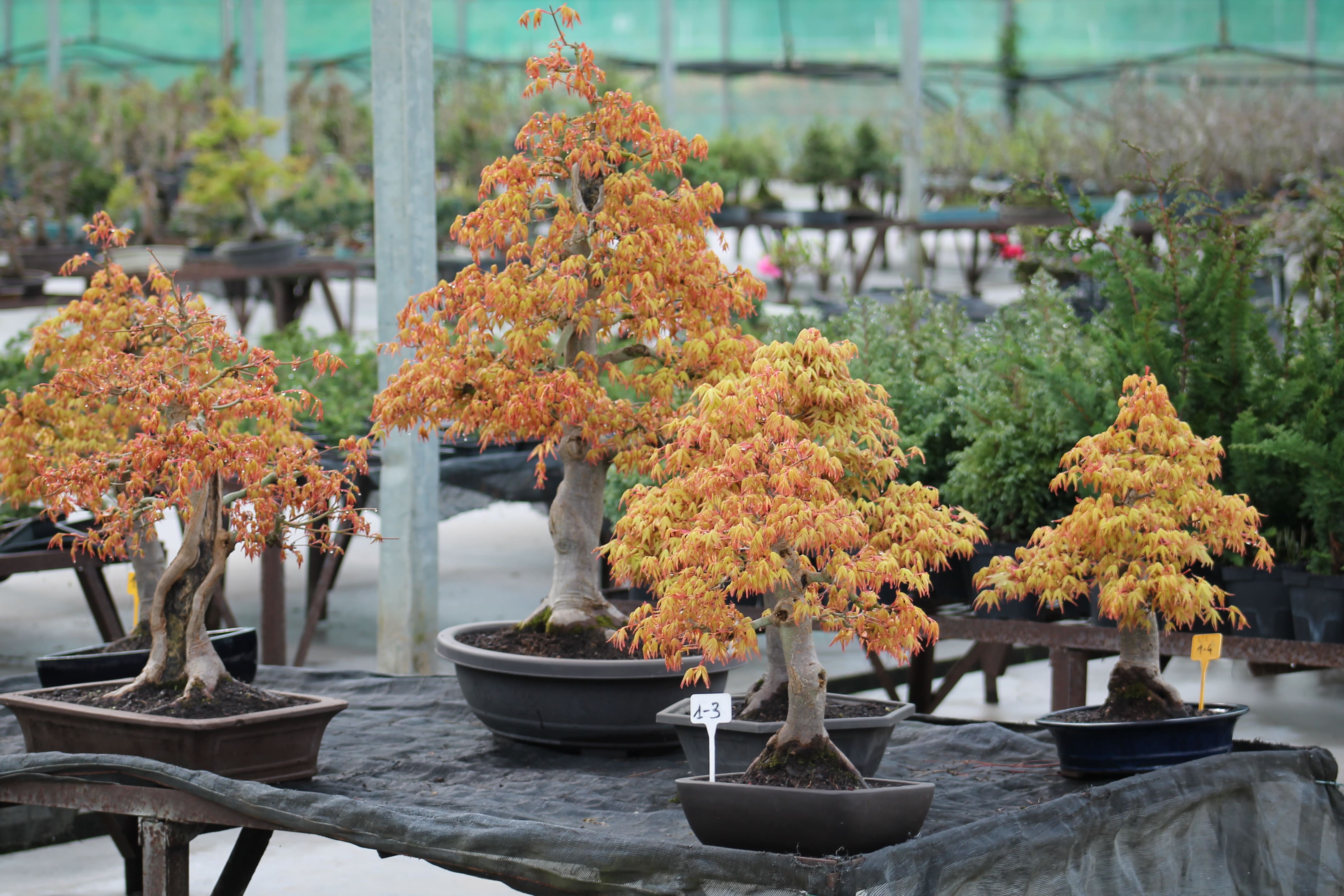How to choose your first bonsai: A beginner's guide
Are you fascinated by the art of bonsai (literally, trees in pots) and ready to embark on this wonderful adventure? This guide is specially designed to help you choose your first bonsai, taking into account your space and preferences.
Do you need a garden or terrace to grow a bonsai?
First and foremost, remember that a bonsai is a living tree, which generally thrives outdoors. If you have a garden, a terrace or even a small balcony, you have the ideal space to house your first bonsai tree. The advantage is that even a small space is enough! A shelf or a square metre is more than enough to get you started.
Indoor bonsai: a compromise for enclosed spaces
If you don't have access to an outdoor space, opt for an indoor bonsai. Although no species thrives entirely indoors, some, such as zamias and ficus, adapt better to an enclosed environment. It's best to place them in a bright room, near a window, but away from a source of heat (such as a heater). They do not tolerate air that is too dry.
Choosing the right bonsai to start with
Beginners are often advised to start with an inexpensive bonsai to practise basic techniques without taking any financial risks. However, we think it's best to start with a bonsai that is already trained, with a well-established trunk and harmonious branching. This allows you to familiarise yourself directly with cultivation and pruning techniques, and to enjoy an attractive tree right from the start.
Chinese elms are perfect for beginners. Their rapid growth and robustness make them easy to grow and maintain. More suited to the outdoors, they adapt well to different conditions. Easy to prune, they are a great way to get to grips with the art of bonsai, while offering attractive branching and dense foliage.
We also love maples for a start. Their compact, elegant habit gives them a majestic look right from the start, and they're relatively easy to care for.
In our tree nursery, we offer maple bonsai and other species that are perfect for beginners, with beautiful form and balanced branching, without the need for major investment.
Learning bonsai, a manual art
Learning bonsai goes far beyond observation. Watering, pruning, repotting and tying are essential techniques for looking after your tree. By choosing a trained bonsai, you are actively engaging in these practices, developing your skills while giving your bonsai the attention it deserves.
Conclusion: get started with passion and patience
When you grow your first bonsai, you are discovering an art that requires patience and care. Start with a tree that you like and that is suited to your space, then enjoy observing its evolution and shaping it over time. With practice, your passion for bonsai will grow, as will your skills.


 Production of French Bonsai
Production of French Bonsai


